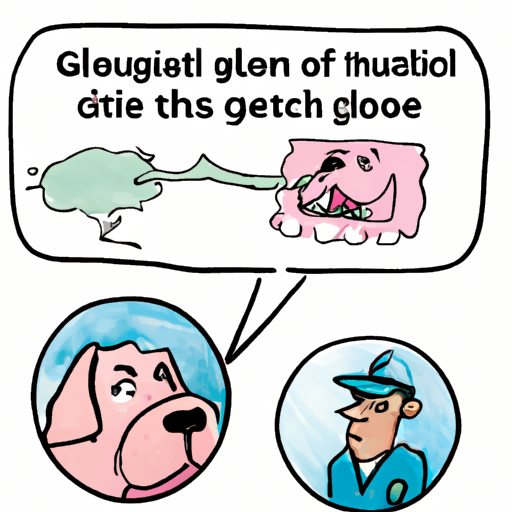Recognizing the Symptoms
Your dog can’t tell you when something is wrong, so it’s up to you to stay vigilant. You may notice some common signs that could indicate periodontal disease:
- Bad breath
- Difficulty eating
- Loss of appetite
- Red, swollen, or bleeding gums
- Loose or missing teeth
Remember, it’s always better to catch and address periodontal disease early before it progresses to a more severe stage.
Understanding the Causes
Periodontal disease in dogs is primarily caused by poor oral hygiene. A buildup of plaque and tartar can lead to inflammation and infection. Here are some common risk factors:
- Age: Older dogs are more likely to develop periodontal disease.
- Breed: Smaller breeds often have more dental issues.
- Diet: Soft, canned foods may contribute to plaque buildup.
Implementing Preventive Measures
Prevention is the best cure. To help your dog avoid periodontal disease, consider these steps:
- Regular Brushing: Brush your dog’s teeth daily if possible.
- Healthy Diet: Feed your dog dry kibble and dental chews to help clean their teeth.
- Regular Check-ups: Schedule regular veterinary dental check-ups to catch any potential issues early.
Seeking Professional Treatment
If your dog’s periodontal disease has progressed beyond what can be handled at home, it’s time to seek professional help. Your veterinarian may recommend the following treatments:
| Treatment | Description |
|---|---|
| Dental Cleaning | A thorough cleaning under anesthesia to remove plaque and tartar. |
| Tooth Extraction | If the disease has progressed, some teeth may need to be removed. |
| Medications | Antibiotics and pain medications to help manage the condition. |
Following through with Home Care
After professional treatment, there will be steps you need to take at home to ensure your dog’s continued dental health:
- Continue daily brushing.
- Monitor your dog’s eating habits and oral comfort.
- Follow all medication instructions provided by your vet.
Frequently Asked Questions
Q: Can periodontal disease be cured?
A: With proper treatment and home care, periodontal disease can be managed.
Q: How often should I brush my dog’s teeth?
A: Daily brushing is ideal, but at least a few times a week is beneficial.
Q: What if my dog doesn’t let me brush their teeth?
A: There are other options like dental treats and toys that can help clean your dog’s teeth.
Remember, your dog relies on you for their wellbeing. By understanding periodontal disease and taking proactive measures, you can help ensure your furry friend stays healthy and happy.



